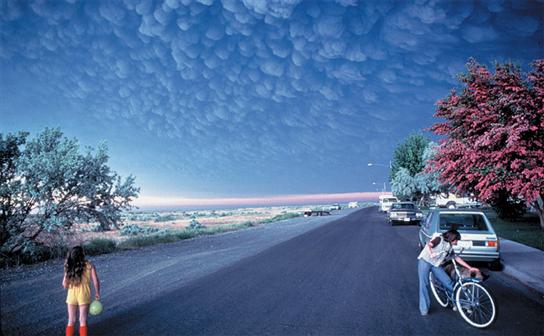Today we have a guest post from Dr. Peter Tomiak who delves into the life and death of corals…
I completed my undergraduate degree in Biology and Geology at the University of Bristol in 2008. Subsequently I undertook a sponsored internship with Save The Elephants, in Samburu National Park Kenya, before starting a short term position alongside Prof. Adrian Lister at the Natural History Museum, London, constructing a database of radiocarbon dates for extinct Pleistocene mammals. At this point I moved away from terrestrial mammals, and into the marine realm. I completed my PhD, examining the nature and applications of coral skeleton, within the Earth Sciences Department at Bristol University in 2013 (funded by the Natural Environmental Research Council and an additional Wingate Scholarship), and then continued with my research as a postdoctoral researcher at the university into 2014. Over the past 6 months, I have been travelling throughout South and North America, performing volunteer work at several State and National Parks along the way. I enjoy spending time in the natural environment and am very enthusiastic about conservation. In my spare time, I enjoy wildlife photography, SCUBA, live music and playing or watching football. [Read More]




